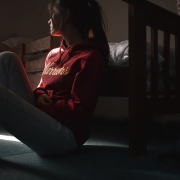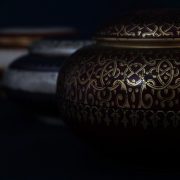Interesting facts about the Day of the Dead
While this holiday may seem like the Mexican counterpart of the US’s Halloween, both customs have different origins. Unlike the American Halloween, the El Dia de los Muertos is a celebration of death, or at least the memories of those who have passed on.
Here are other interesting facts about the Day of the Dead:
- The Day of the Dead celebration goes back to hundreds of years, during the time of the Aztecs. The festival was said to be dedicated to the goddess Mictecacihuatl. But after the Aztecs were conquered by the Spaniards, the custom became intertwined with the Christian commemoration of the All Saint’s Day celebrated on November 1 and the All Soul’s Day on November 2.
- The indigenous people of Mexico believe that the soul can travel back and forth from this world to the next and this celebration is based on the belief that the dead can visit their loved ones.
- In some parts of Mexico, November 1 was reserved to honour deceased children and infants while November 2 was dedicated to deceased adults. Hence, November 1 is often referred to as Dia de los Inocentes.
- The festival is not only celebrated in Mexico. The tradition has spread throughout the world. Although different countries have different takes on the festival.
cremation urns where other people can place pieces of paper with their prayers on them. The papers are then burned later on.
In the Philippines, entire families camp and spend the night near their deceased relatives and loved ones’ tombs. Flowers and candles are then offered to honour the dead and their tombs are often cleaned up or repainted. Card games, eating and drinking are the usual activities during the celebration.
- Those who have a knack for writing can also dedicate Calaveras or short poems which mock epitaphs of friends. They’re not necessarily funeral poems. They’re actually quite humorous as they describe quirks, funny habits or anecdotes of the person described in the poem.
- Another common practice during the Day of the Dead is offering candy skulls made of sugar in the altars. This is usually practiced in urban areas. On rural areas, on the other hand, traditional dishes are offered.



